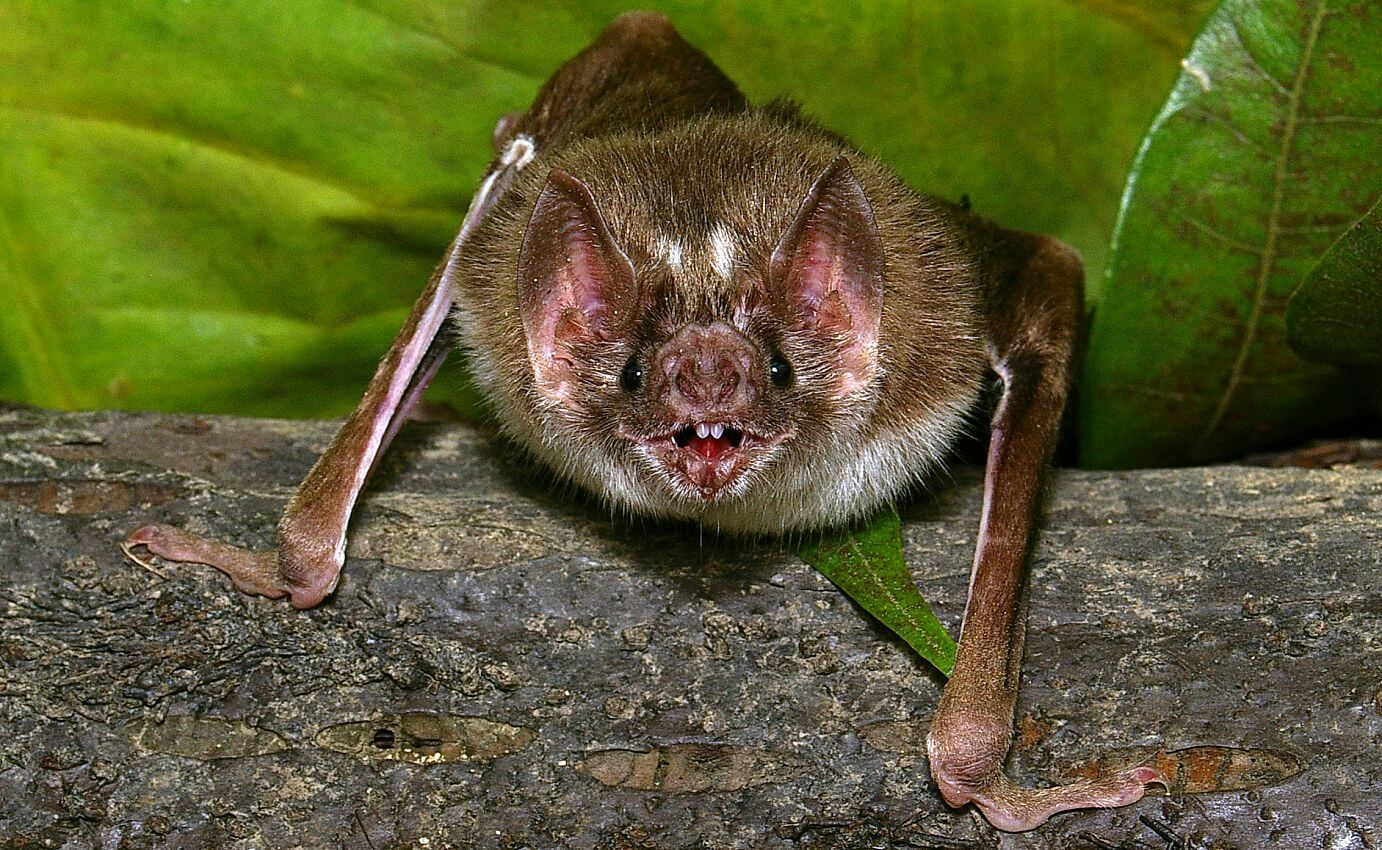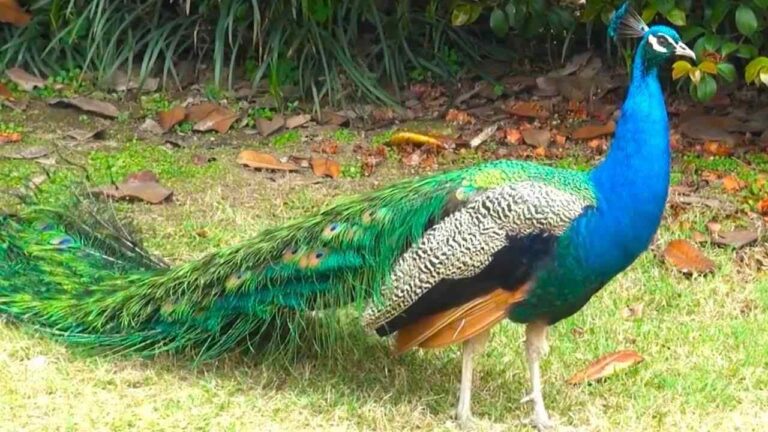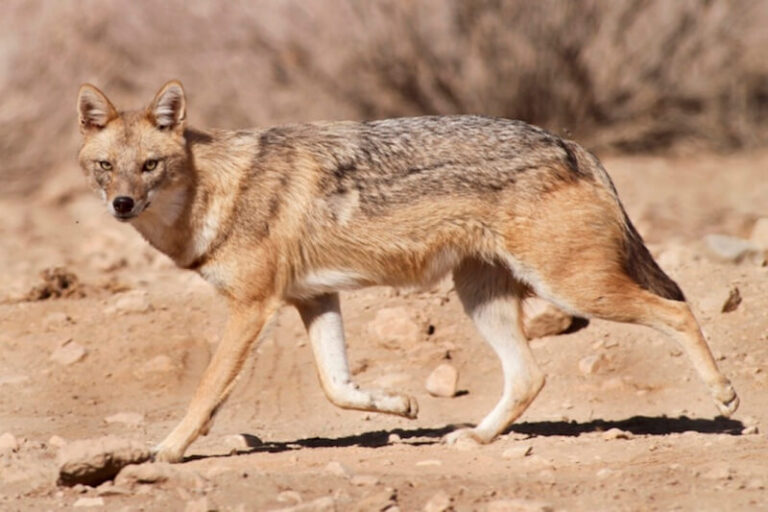Vampire Bat (Desmodus rotundus): An In-Depth Exploration
The Vampire Bat (Desmodus rotundus) is one of the animal kingdom’s most fascinating yet misunderstood creatures. Known for its unique feeding habits, this small mammal has captured the human imagination for centuries. This article will explore its scientific classification, physical characteristics, habitat, behavior, diet, reproduction, predators, and conservation status. We will also delve into its evolutionary history, relationship with humans, and interesting facts about this remarkable species.
Contents
Scientific Classification
- Kingdom: Animalia
- Phylum: Chordata
- Class: Mammalia
- Order: Chiroptera
- Family: Phyllostomidae
- Genus: Desmodus
- Species: Desmodus rotundus
The Desmodus rotundus is one of three species of vampire bats, all native to the Americas. It belongs to the family Phyllostomidae, also known as the leaf-nosed bats, which includes a variety of species with diverse feeding habits, including fruit, nectar, and insects.
Physical Characteristics

The Vampire Bat is small, typically weighing between 1.5 to 2 ounces (40-50 grams), with a wingspan of 7 to 8 inches (18-20 cm). Its body is covered in short, velvety fur, usually grayish-brown, and its wings are long and narrow, allowing for agile flight.
Distinctive Features:
- Sharp Incisors: The bat’s upper incisors are razor-sharp, adapted for making small cuts in the skin of its prey.
- Heat Sensors: A highly developed heat-sensing organ near its nose allows the bat to detect warm blood vessels close to the skin of its prey.
- Unique Gait: Unlike most bats, Vampire Bats are adept at walking on the ground. They use a hopping, quadrupedal gait to approach their prey.
Habitat
Vampire Bats are predominantly found in Central and South America, from northern Mexico to Argentina. They thrive in tropical and subtropical regions with warm and stable temperatures. These bats prefer:
- Lowland forests
- Savannas
- Caves, hollow trees, and abandoned buildings for roosting
They form colonies, often with hundreds of individuals, and roost in dark, humid environments to avoid predators and excessive heat.
Behavior

Social Structure
Vampire Bats are highly social creatures. They live in close-knit colonies, engaging in grooming and social bonding. Females, in particular, display cooperative behaviors such as food-sharing, where they regurgitate blood to feed other bats that were unsuccessful in finding prey.
Nocturnal Lifestyle
Vampire Bats are nocturnal, emerging from their roosts at night to hunt for blood meals. Despite their fearsome reputation, they are remarkably stealthy, often feeding undetected by their prey.
Echolocation
Like all bats, Desmodus rotundus uses echolocation to navigate in the dark, emitting high-frequency sounds and interpreting the returning echoes to form a mental map of its surroundings.
Diet
The diet of the Vampire Bat is unique among mammals, as it consists solely of blood. This is known as hematophagy. The Vampire Bat typically feeds on the blood of:
- Livestock: Cattle, horses, pigs
- Wild mammals: Deer, tapirs
- Occasionally, they feed on birds.
Vampire Bats make a small incision in their prey’s skin using their sharp incisors and then use their specialized tongue to lap up the blood. Their saliva contains anticoagulants that prevent the blood from clotting, allowing them to feed more efficiently.
Reproduction
Vampire Bats have a polygynous mating system, where dominant males mate with multiple females within a colony. The breeding season typically lasts throughout the year in tropical regions.
- Gestation: Around 7 months.
- Litter size: Usually one pup, though twins are rare.
- Maternal care: The mother provides intensive care to her young, nursing them for about 9 months. Females also exhibit cooperative care, where related females help in raising the young.
Predators
Despite their status as predators, Vampire Bats have natural enemies, including:
- Owls: As nocturnal hunters, owls often prey on Vampire Bats.
- Snakes: Some species of snakes target bats while they roost.
- Carnivorous mammals: Raccoons and ocelots are known to attack roosting bats.
Additionally, humans can pose a threat due to habitat destruction and intentional extermination efforts to protect livestock.
Conservation Status
The Vampire Bat is not currently considered endangered and is listed as Least Concern by the IUCN. However, some regional populations face challenges due to habitat loss and conflict with livestock farmers. Conservation efforts focus on education and mitigating the perceived threat to livestock.
Evolutionary History
Vampire Bats are a relatively recent evolutionary development within the Chiroptera order. Genetic studies suggest they diverged from other leaf-nosed bats approximately 26 million years ago. Their transition to hematophagy likely involved gradual adaptations to a more specialized diet, including developing sharp teeth, anticoagulant saliva, and heat-sensing abilities.
Relationship with Humans
Vampire Bats have had a complicated relationship with humans. While they play a vital ecological role by controlling livestock populations, they are often viewed negatively due to their association with disease, particularly rabies. It’s important to note that only a small percentage of Vampire Bats carry rabies, and their role in disease transmission is often exaggerated.
Positive Impact:
- Scientific research: Vampire Bat saliva, specifically the anticoagulant enzyme draculin, has potential medical applications in treating blood clots and stroke patients.
Interesting Facts
- Lifespan: In the wild, Vampire Bats can live up to 9 years, while in captivity, they may live for over 20 years.
- Fast Digesters: Vampire Bats process food quickly, digesting a blood meal in about 20 minutes.
- Strong Bonds: Female Vampire Bats are known to form long-lasting bonds, often regurgitating blood for others in the colony who have not fed, a behavior seen as early reciprocal altruism.
Conclusion
The Vampire Bat (Desmodus rotundus) is a unique species with specialized adaptations for a blood-based diet. Its social behaviors, evolutionary history, and relationship with humans reveal a far more complex creature than its ominous reputation suggests. While their interactions with livestock have caused conflicts, Vampire Bats are an essential part of the ecosystem, and their conservation is important for maintaining biodiversity. Through continued research and education, humans can better appreciate these remarkable creatures for their ecological contributions and potential medical benefits.
- Golden Retriever Pros and Cons: What Every Pet Parent Should Know - 15 September 2025
- Cane Corso Dog Breed: Health, Care, and Lifespan - 14 September 2025
- Catahoula Leopard Dogs: Description, Temperament, Lifespan, & Facts - 21 July 2025







